With all respect to David, and not wishing to contribute to the hijacking of threads, I will respond to Barry A.
On the subject of Grand Canyon re-photography, I believe the book you may be referring to is "Grand Canyon - A Century of Change" by Robert H. Webb.
this is a magnificent book, alas it isn't a re-do of the Powell Survey but of the 1889/1890 Robert Brewster Stanton railroad route survey. Webb,
one-hundred years later replicated hundreds of Stanton survey images, using as closely as possible the time of day, day of the year, and the original
camera locations.
If there is a rephoto of the Powell survey that would be yet another book to have! Although I believe many of the images in Powell were sketches. If
you find it, would you U2U me with the info?
John M
[Edited on 6-18-2016 by John M] |


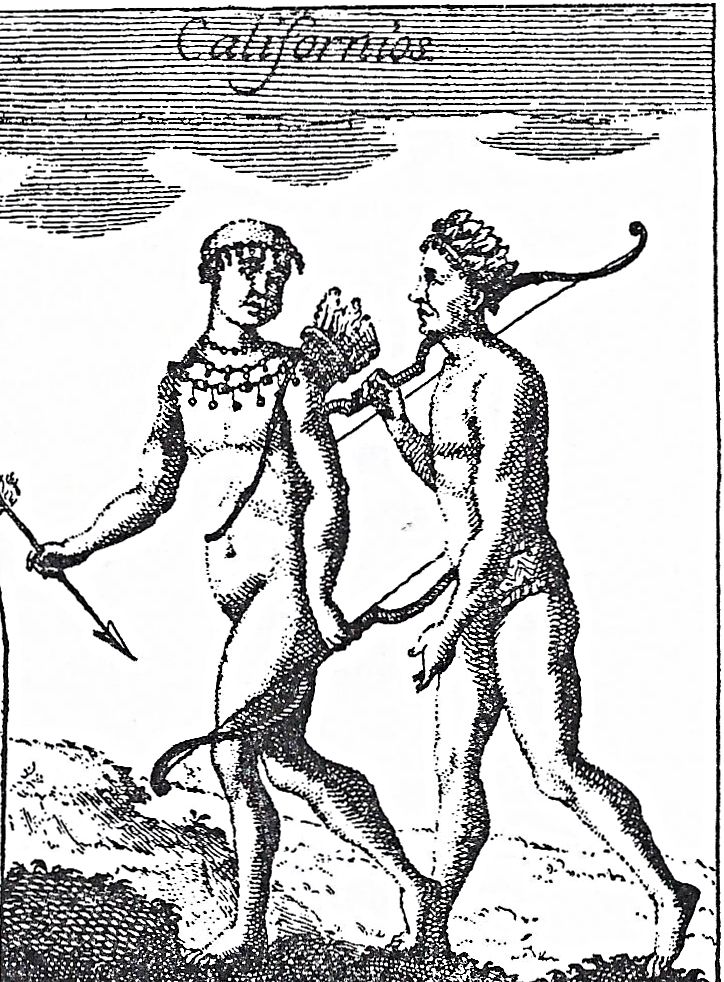
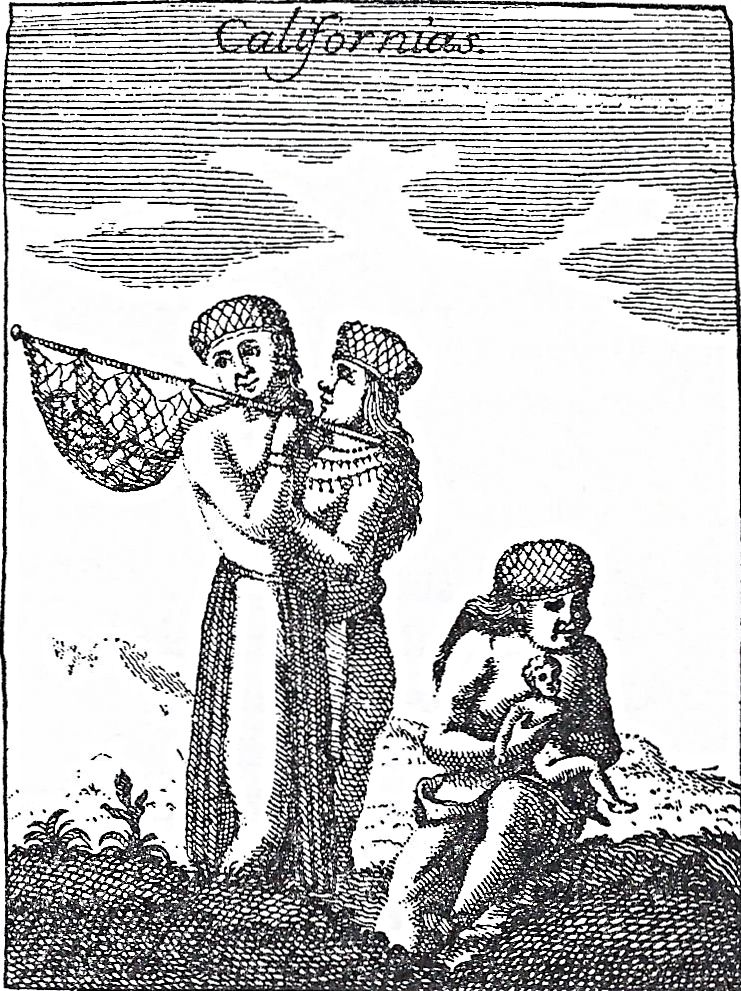

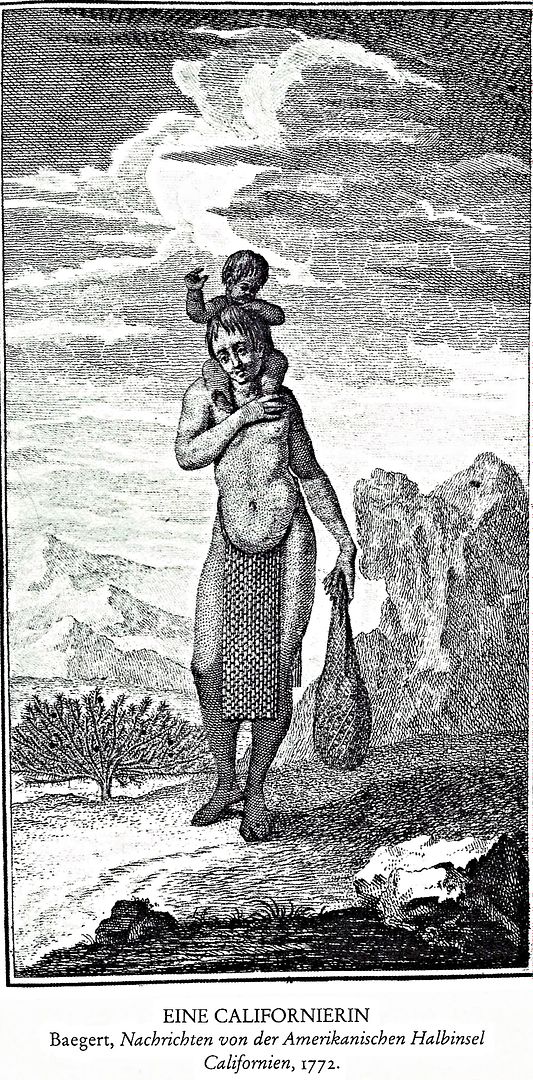
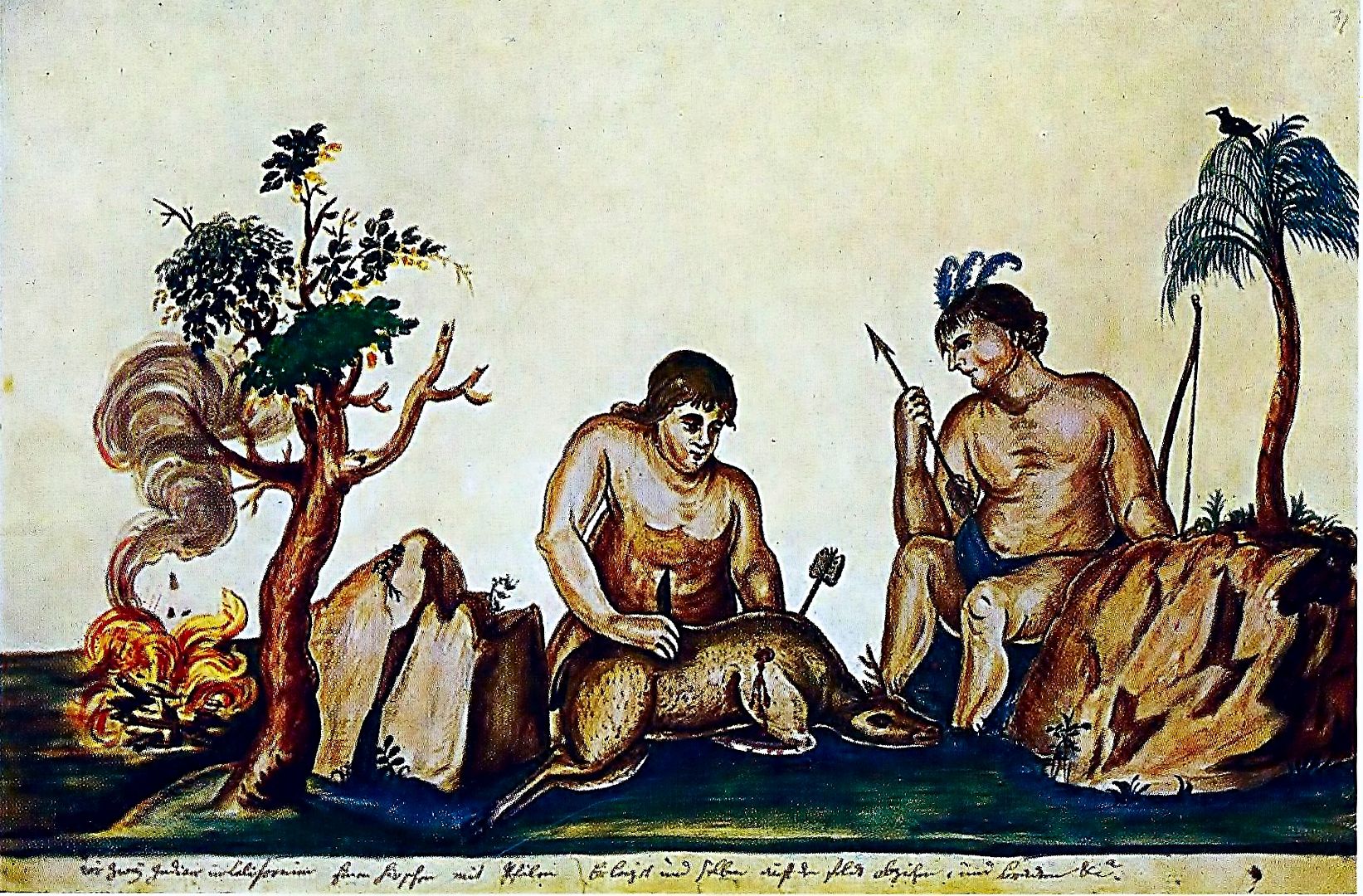
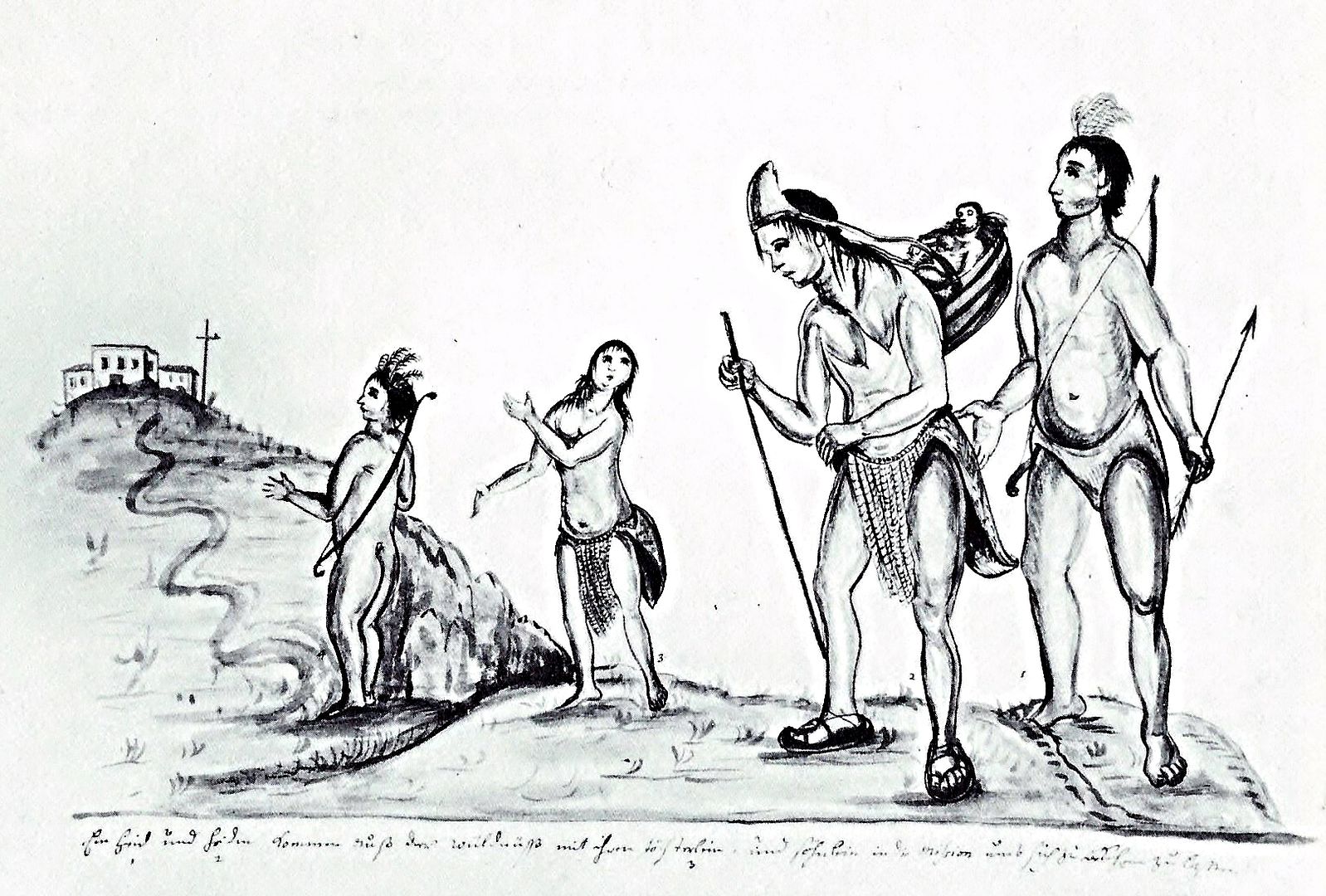
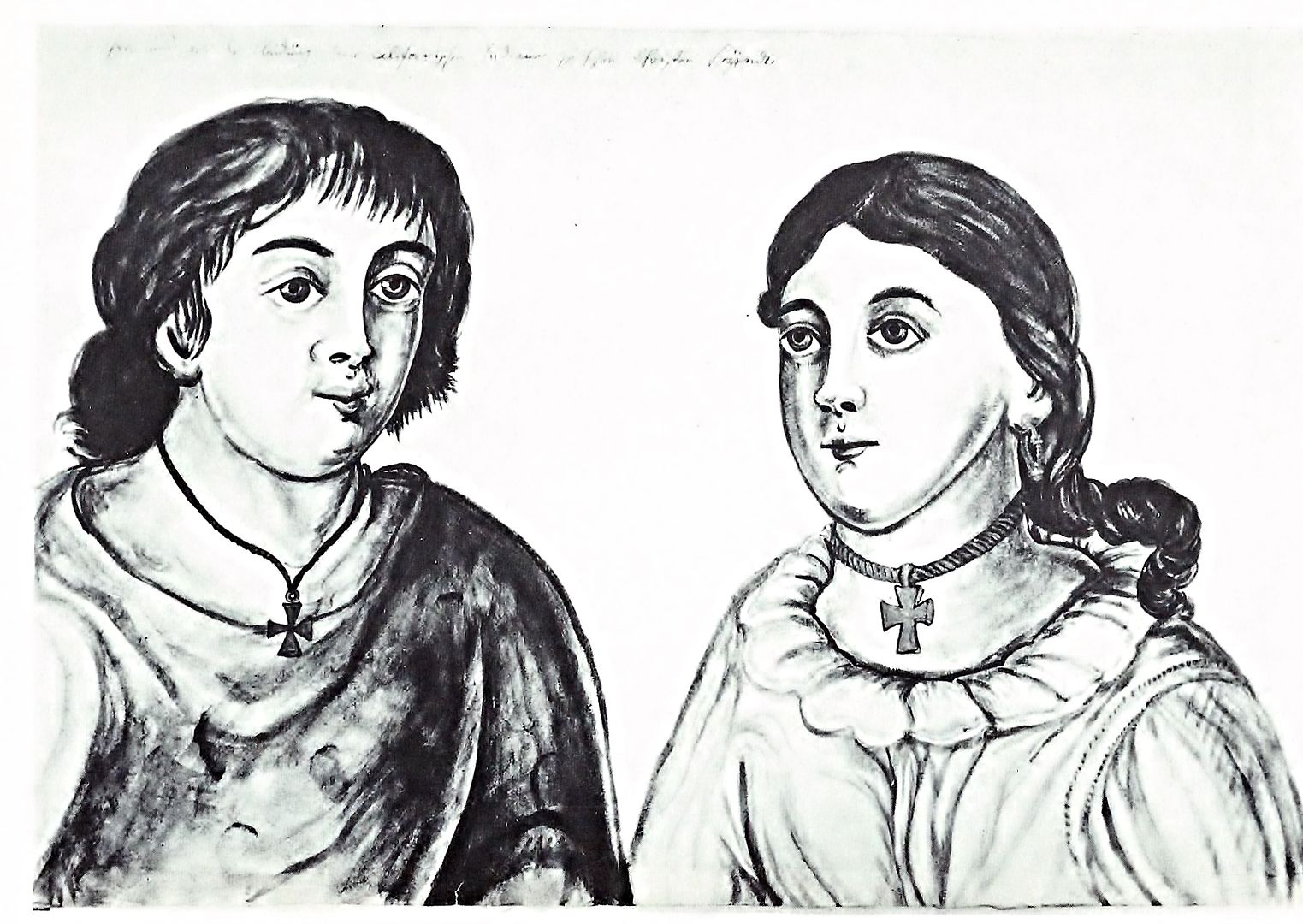



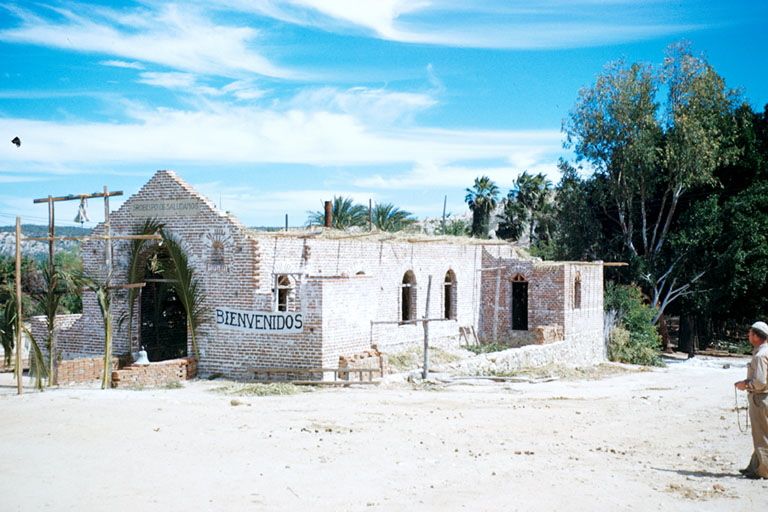
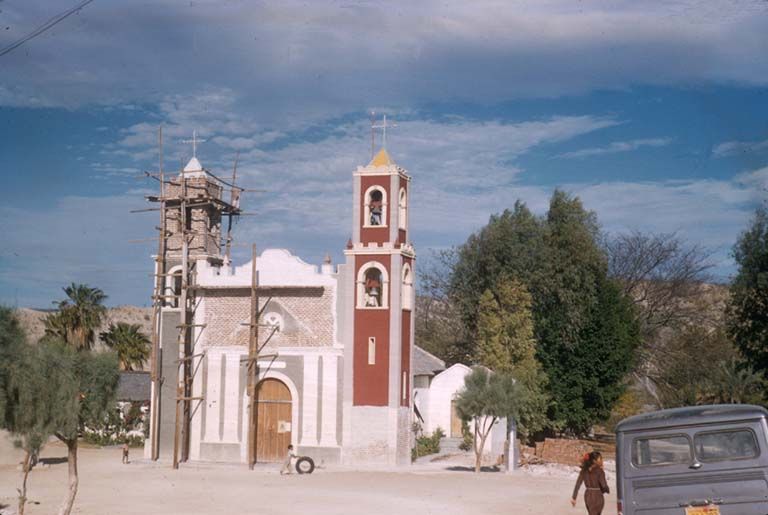
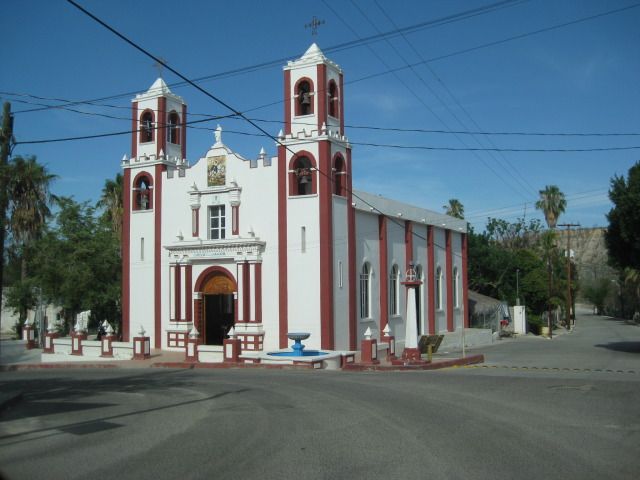

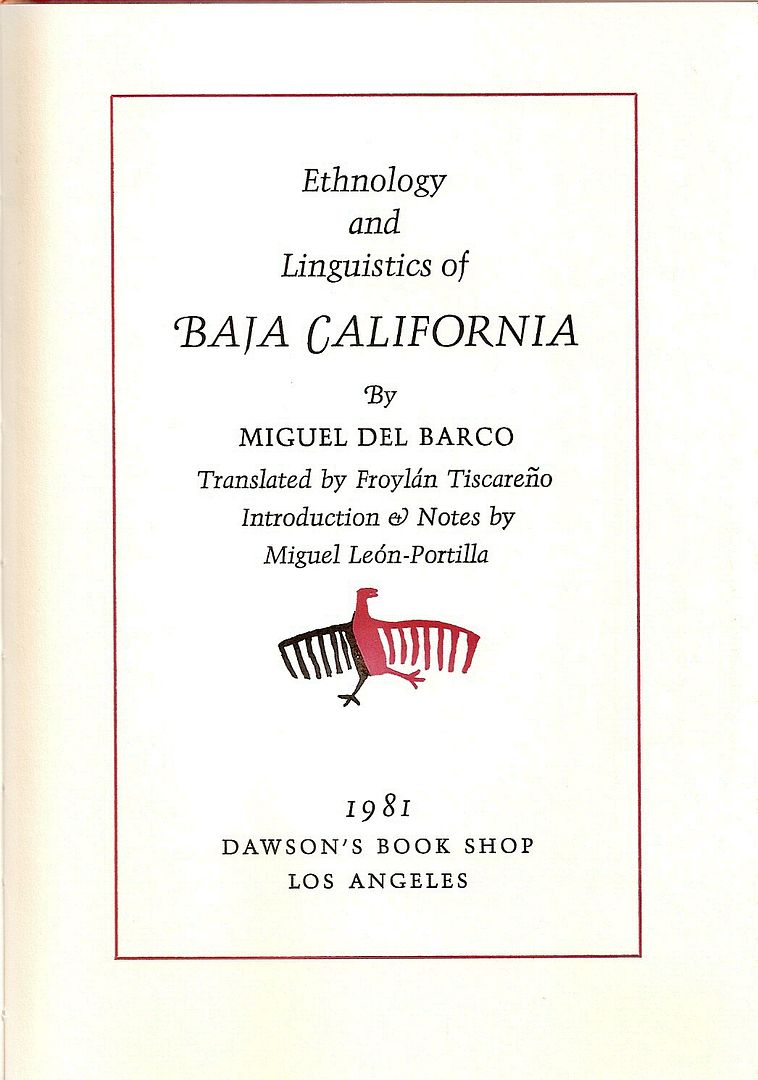






 ... but, would try and make it up at least one time in addition to opening day ...
Lived for 10 years on the others side ... and used that side ... but, I've always liked the East side of the Sierras over the West side .. not sure,
maybe cuz of the Westerns filmed around Lone Pine ... as a kid it WAS THE PLACE both my brother and I couldn't wait to get to every summer with the
old man
... but, would try and make it up at least one time in addition to opening day ...
Lived for 10 years on the others side ... and used that side ... but, I've always liked the East side of the Sierras over the West side .. not sure,
maybe cuz of the Westerns filmed around Lone Pine ... as a kid it WAS THE PLACE both my brother and I couldn't wait to get to every summer with the
old man 


















